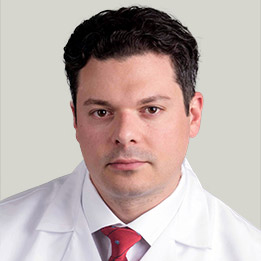Are Your Invisalign Results Not What You Bargained For?

If you have spent an entire lifetime with a less than ideal smile, and are making the decision to move forward with orthodontic treatment, chances are good you may be considering Invisalign. Invisalign has been gaining in popularity since it first came on the market, in part because it is marketed as invisible, comfortable and removable – all things adults considering orthodontic treatment love to hear. But, can it really provide the best results possible?
Invisalign works through a series of clear, removable aligners that are custom created for each patient. Over the course of treatment, aligner sets will be worn for approximately one to two weeks before trading them out for the next set. Each set is calibrated to achieve minor tooth movement, so at the end of treatment, the goal should be a beautifully straight and properly functioning smile.
We have previously discussed (read the blog) the efficacy of Invisalign aligners as reviewed in the orthodontic scientific journals.
Additionally, a look at reviews from patient-centric websites such as RealSelf.com show a different story, and many patients with results that aren’t what they had hoped, and what Invisalign showed as planned. See also many Invisalign Reviews and Complaints at Pissed Consumer here.
Reviews talk about patients who felt they hadn’t been completely informed about what to expect from treatment, who were disappointed that teeth had to be filed down and that they weren’t prepared for the use of buttons and attachments in association with their clear aligners. Other patients have complained that while their teeth look straight when they smile, they can still feel their bite is off.
“More dental professionals are offering Invisalign treatment in their offices than ever before,” says Dr. Michael Stosich, a Chicago-area orthodontics expert. “The credentialing process to become an Invisalign provider is very short. In fact, one can become a provider after only a weekend course, so we’re seeing dentists who wouldn’t normally offer orthodontic treatment now offering Invisalign in their offices. And this can be a problem when it comes to the results that patients see.”
That’s because a well-trained orthodontist will have the knowledge and skill to properly diagnose a malocclusion, and then the training to correct it properly. Orthodontics cannot be a one size fits all practice, because every patient is different. The way one person’s mouth responds to treatment will be completely different than the way another patient’s does, and the orthodontist correcting the smiles must be ready to make adjustments along the way.
An orthodontist also knows that orthodontic treatment isn’t only about cosmetics, but about function, as well. A smile may look pretty, but if the bite isn’t properly lined up, it can spell trouble in the future. Misaligned bites can cause abnormal wear and tear, leading to teeth that crack, chip or break.
“Orthodontic treatment has to be backed up with careful, scientific planning,” says Dr. Stosich. “We can use the most sophisticated computer imaging to guide us along the way, but at the end of the day, the orthodontist must also have the skill and knowledge to understand when and how to make adjustments needed in the treatment process.”
Orthodontic treatment is an investment, and like most investments, one you hope will work out to your benefit. Before opting for any orthodontic treatment, it is important to be sure you are seeking out treatment from a highly trained, knowledgeable orthodontist who can explain, step by step, what you should expect during the process, and who can deliver results that aren’t only beautiful, but functional.


